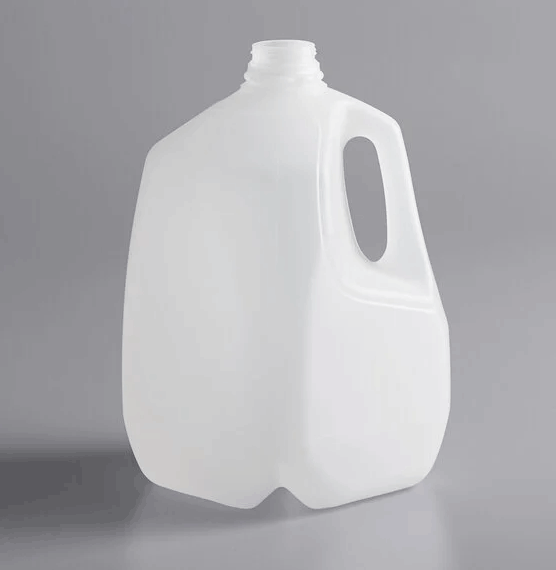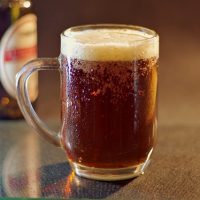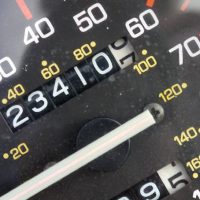Pounds and ounces to gallons conversion
Converting between mass and volume
Pound and ounce are units of mass or weight, and gallons and pints are units of volume. Converting between mass and volume is not always an easy task.
Two different gallons
Let’s start with a gallon of the British Empire. In 1824, it was officially defined as the volume equal to 10 pounds of water at standard temperature. This means that one pound of water is exactly 0.1 British gallons.
With the US gallon, things are a little more complicated. It is smaller than its British sibling, as the US gallon was originally based on the smaller British wine gallon. A US gallon contains approximately 8.35 pounds of water.
Magic ounces
The first surprising fact about the ounce: one British fluid ounce is magically exactly equal to the mass of one ounce of water. Strictly speaking, there is no magic here, just simple mathematics. The fact is that there are 10 pounds of water in a British gallon, and there are exactly 16 ounces in a pound. This means there are only 160 ounces of water in a British gallon. Since a British fluid ounce is 1 / 160th of a British gallon, the magic dissipates, and two ounces – measures of weight and volume – become equal to each other. Of course, this is only true for freshwater.
The second magical fact about the ounce: British fluid ounce and US fluid ounce are almost equal in volume. The American fluid ounce is just 4% larger than its British cousin. How could this happen if the British gallon is much larger than the American one? This is because there are 160 fluid ounces in a British gallon and only 128 in a US gallon. This makes up for the difference and makes the fluid ounces so close.
To make this a little easy to remember, lets review:
- There are 128 ounces in a US gallon.
- There are 160 fluid ounces in a British gallon
Easy way to convert ounces in a gallon
If you need to convert pounds and ounces to pints or gallons and you are talking about water, just convert everything to ounces. Every ounce of water is equal to a fluid ounce. And from fluid ounces, it is already easy to convert to gallons, pints, or any other units of volume. This method of translation will give an accurate result for British units, and more or less accurate (with an error of 4%) for American ones. Of course, you can convert from pints and gallons to pounds and ounces in the same way, in reverse order.
This rule works for freshwater. But the good news is that a lot of substances that we use in life are aqueous solutions, and their density is close to that of water. If there is no need for high precision, we can use the same rule for them. For example, seawater is only 2% heavier than freshwater, and milk is only 3% heavier than water. Is this level of accuracy always important?
There is another solution for you – as many as two online converters, where you can select the desired substance from the list, indicate its mass in grams, and immediately get the volume in milliliters. Try:
* Converter for ingredients of recipes. Many ingredients used in cooking are represented in this converter.
* Converter from ounces to Gallons. We found a great calculator here on AskNumbers.com. There are many different non-food substances presented here.
Other Conversions
Alright so now we’re learning about converting ounces into gallons, maybe you need some other conversion also.





